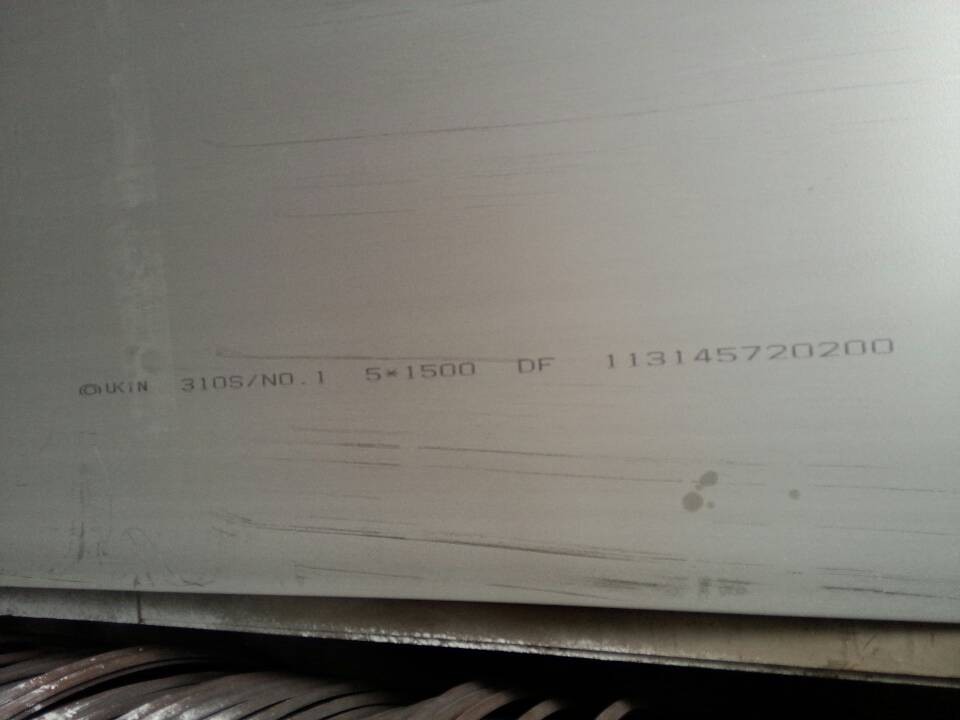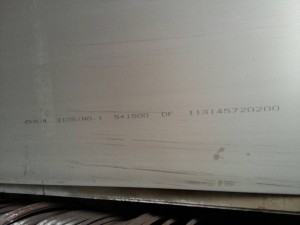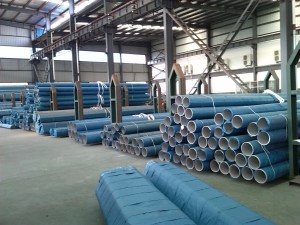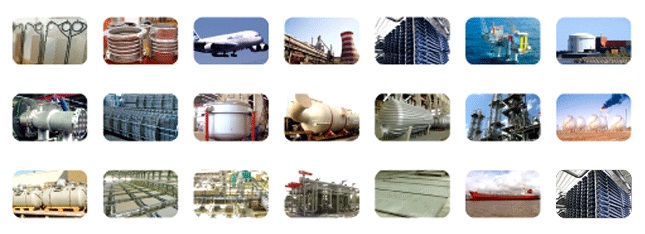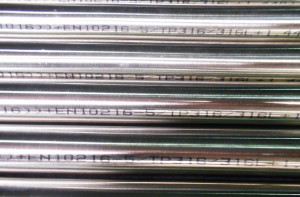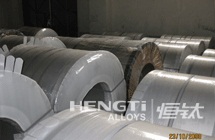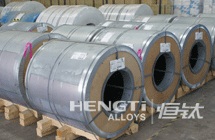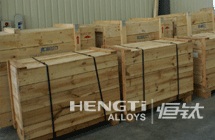310S
Short Description:
Introduction Stainless steels are known as high-alloy steels. They are classified into ferritic, austenitic, and martensitic steels based on their crystalline structure. Grade 310S stainless steel is superior than 304 or 309 stainless steel in most environments, because it has high nickel and chromium content. It has high corrosion resistance and strength in temperatures up to 1149°C (2100°F). The following datasheet gives more details about grade 310S stainless steel. Chemical Compositio...
Product Detail
FAQ
Product Tags
IntroductionStainless steels are known as high-alloy steels. They are classified into ferritic, austenitic, and martensitic steels based on their crystalline structure. Grade 310S stainless steel is superior than 304 or 309 stainless steel in most environments, because it has high nickel and chromium content. It has high corrosion resistance and strength in temperatures up to 1149°C (2100°F). The following datasheet gives more details about grade 310S stainless steel. Chemical CompositionThe following table shows the chemical composition of grade 310S stainless steel.
Physical PropertiesThe physical properties of grade 310S stainless steel are displayed in the following table.
Mechanical PropertiesThe following table outlines the mechanical properties of grade 310S stainless steel.
Thermal PropertiesThe thermal properties of grade 310S stainless steel are given in the following table.
Other DesignationsOther designations equivalent to grade 310S stainless steel are listed in the following table.
Fabrication and Heat TreatmentMachinabilityGrade 310S stainless steel can be machined similar to that of grade 304 stainless steel. WeldingGrade 310S stainless steel can be welded using fusion or resistance welding techniques. Oxyacetylene welding method is not preferred for welding this alloy. Hot WorkingGrade 310S stainless steel can be hot worked after heating at 1177°C (2150°F). It should not be forged below 982°C (1800°F). It is rapidly cooled to increase the corrosion resistance. Cold WorkingGrade 310S stainless steel can be headed, upset, drawn, and stamped even though it has high work hardening rate. Annealing is performed after cold working in order to reduce internal stress. AnnealingGrade 310S stainless steel is annealed at 1038-1121°C (1900-2050°F) followed by quenching in water. HardeningGrade 310S stainless steel does not react to heat treatment. Strength and hardness of this alloy can be increased by cold working. |
Applications
Grade 310S stainless steel is used in the following applications:
- Boiler baffles
- Furnace components
- Oven linings
- Fire box sheets
- Other high temperature containers.
Stock
|
Form |
Specification |
Supply Form |
Others |
|
Sheet |
Thickness |
FAQ Content

